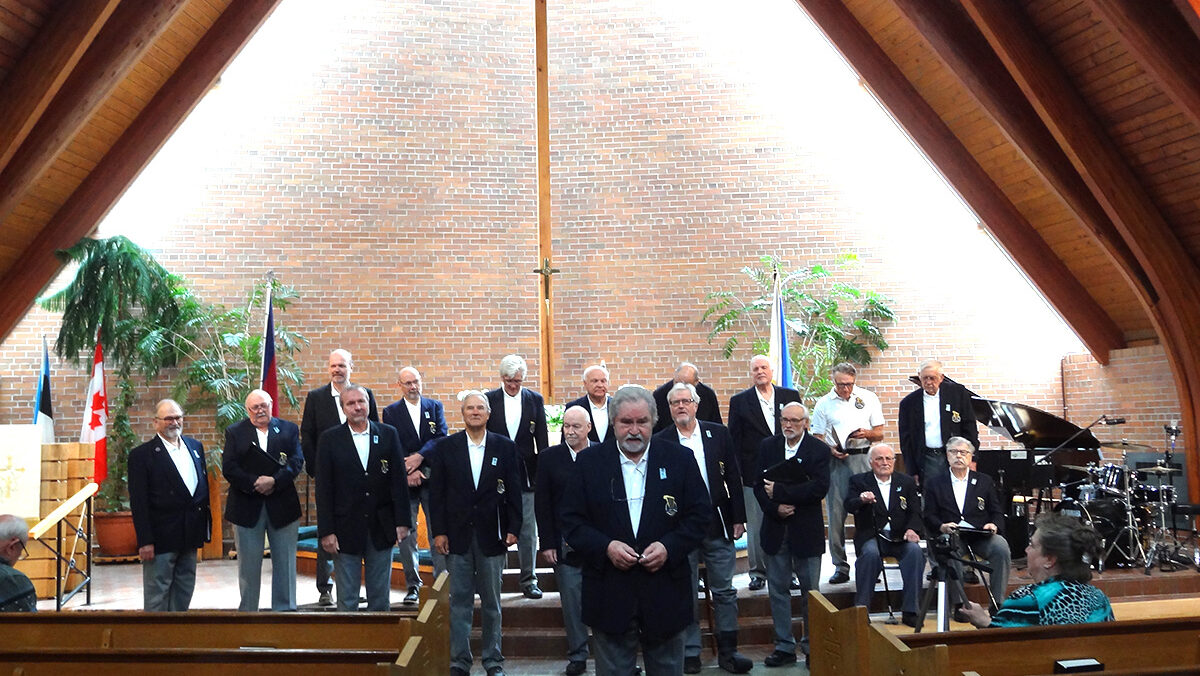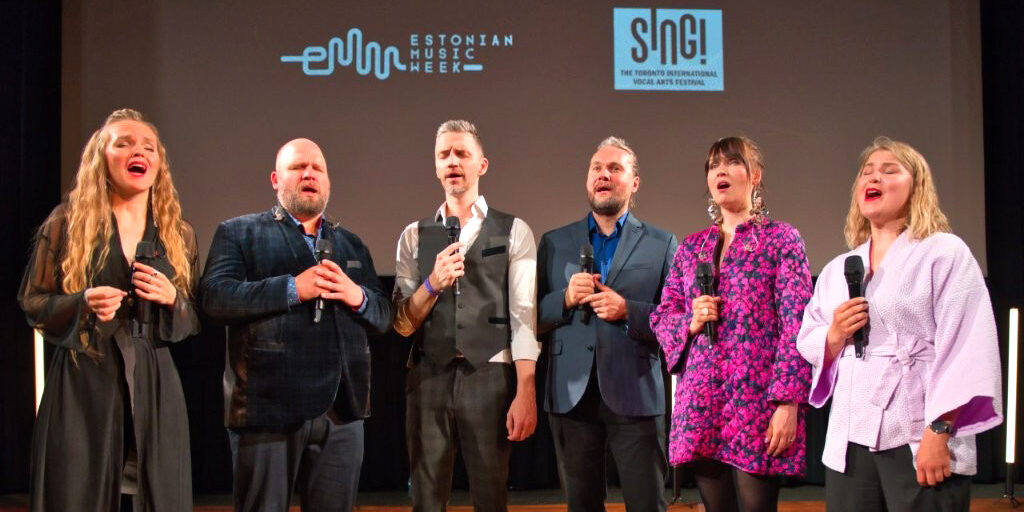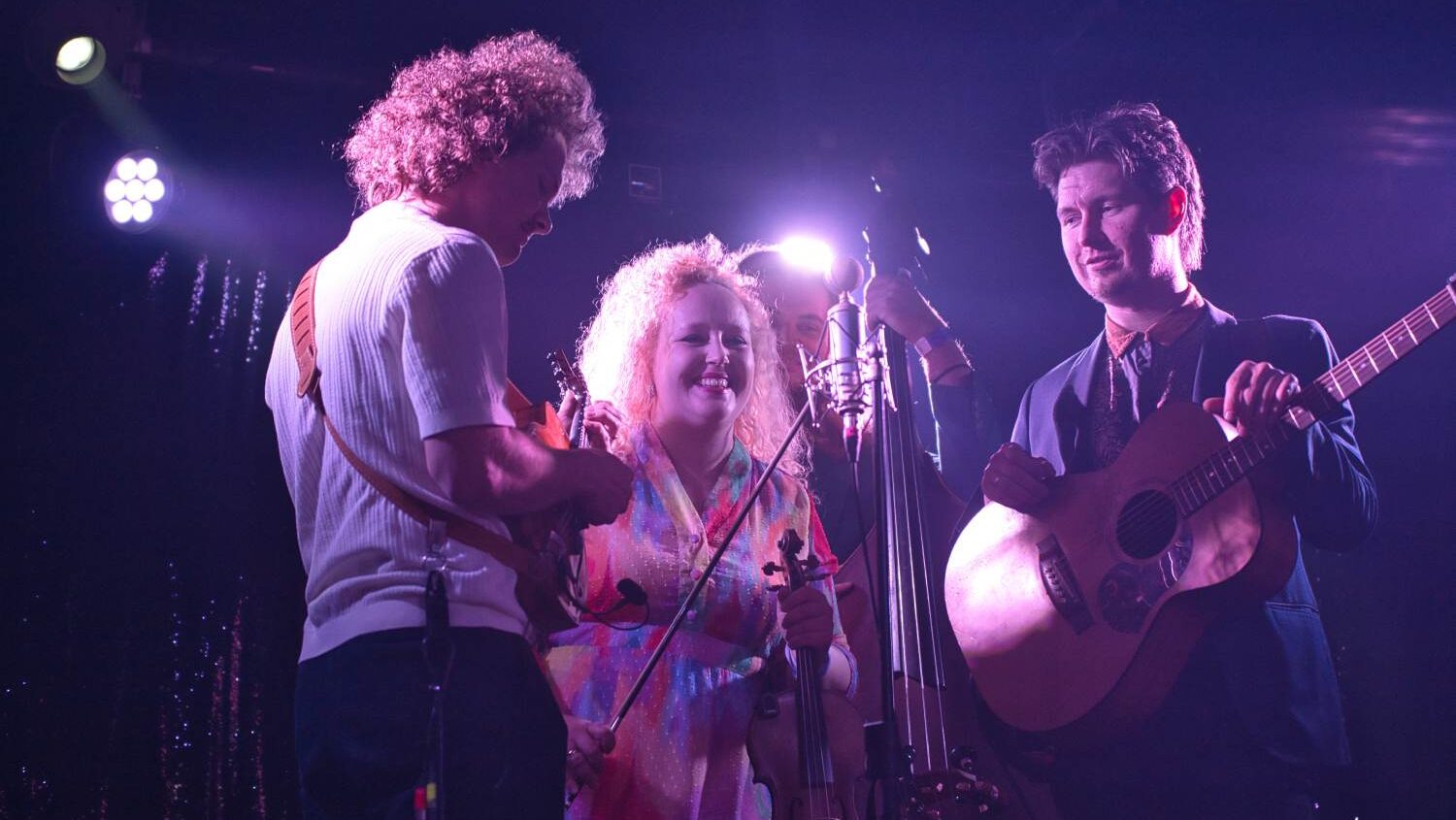Recently, there has been a revival of the genre, especially amongst younger generations for reasons you may (or may not) expect.
Runosong
The history of Estonia’s traditional folk music is rich and complex. It has many layers, with new styles and versions appearing throughout generations. Perhaps the earliest example is runosong (regilaul), which was sung some two thousand years ago by peasants. In “The World of Estonian Music,” Maria Mölder writes that, “It is an oral heritage based on recitative melodies: The lead singer and the choir sing alternately. The continuous flow performs text rather than notes, with one melody often used for different texts.” These songs transmitted work and rituals.
Today, runosong has disappeared from most of the country, only practiced in some communities. In its place, a more contemporary form of “traditional music” has evolved—a term adopted by Estonians in the early 1990s that is connected with music of ethnic origin conveyed through the oral tradition, according to Mölder. This is distinct from folk music as it is understood in Anglo-American cultures, but nonetheless, Estonia’s contemporary folk scene seems to be heavily inspired by these traditional sounds.
The Great Awakening
How did this evolution come to be? What happened between the disappearance of runosong and the teeming folk scene Estonia has today?
During the later half of the nineteenth century, theologian Jakob Hurt organized massive excursions for collecting and publishing Estonian folklore. Because of these efforts, Estonians had a thorough repertoire that informed the fabric of their cultural identity.
In the mid-nineteenth century, the country experienced an “Age of Awakening” (Ärkamisaeg), where Estonians developed a cohesive national consciousness. Some individuals turned to Estonia’s folklore (including its musical traditions) as a representation or symbol of the country’s history and cultural identity. During the later half of the nineteenth century, theologian Jakob Hurt organized massive excursions for collecting and publishing Estonian folklore. Because of these efforts, Estonians had a thorough repertoire that informed the fabric of their cultural identity.
Foreign occupation and musical resistance
The idea that music can act as a unifying cultural force transcended through subsequent periods of foreign occupation. Under Soviet rule, any nationalist sentiments were strictly forbidden. Estonians faced the loss of their language, culture, and national identity. However, towards the end of the USSR’s existence, traditional songs became cornerstones of Estonian national identity; singing them, especially in unison, became avenues of political resistance.
In her article, “All-women Estonian quartet brings ancient folk music to the forefront,” Sonia Narang writes that the resurgence of folk music began in the late-1980s, coinciding with the famous Singing Revolution, when Estonians, Latvians, and Lithuanians sung to build up self-determination.
Estonia’s modern folk
Today, folk music has seen a resurgence in popularity, especially among younger generations. Among other reasons, this revival seems to be intertwined with Estonia’s historical experience of occupation and oppression, reignited by Russia’s ongoing invasion of Ukraine.
When speaking about how her folk band 6hunneseq came together, singer and harpist Greta Liisa Grünberg told The World that “It was just a yearning for connecting with my culture, with my past, just connecting with my roots,” she said, “And I’ve always searched for something with a deeper meaning. So, I felt that folk music is the way to go.” The group’s sound moulds runosong tradition into something modern but still equally entrancing and beautiful.
Similarly, the folk group Ehale told KALW what it feels like to perform: “‘You're playing the music of your ancestors, you’re keeping the spirit alive,’ says band member Mathias Lantin, adding, ‘There's definitely this sense of community that you feel when playing all these lovely tunes together during a jam session or anything like that.’” Ehale draws inspiration from Estonia’s digitized archive of traditional folk to develop their unique (though still familiar) sound.
Though persistent and rooted in tradition, Estonia’s folk has never remained static, moulded by new perspectives and evolving cultural landscapes. In this context, its future is uncertain. What is clear, however, is that it will continue to serve as a beacon of hope and cultural identity.
This article was written by Natalie Jenkins as part of the Local Journalism Initiative.




